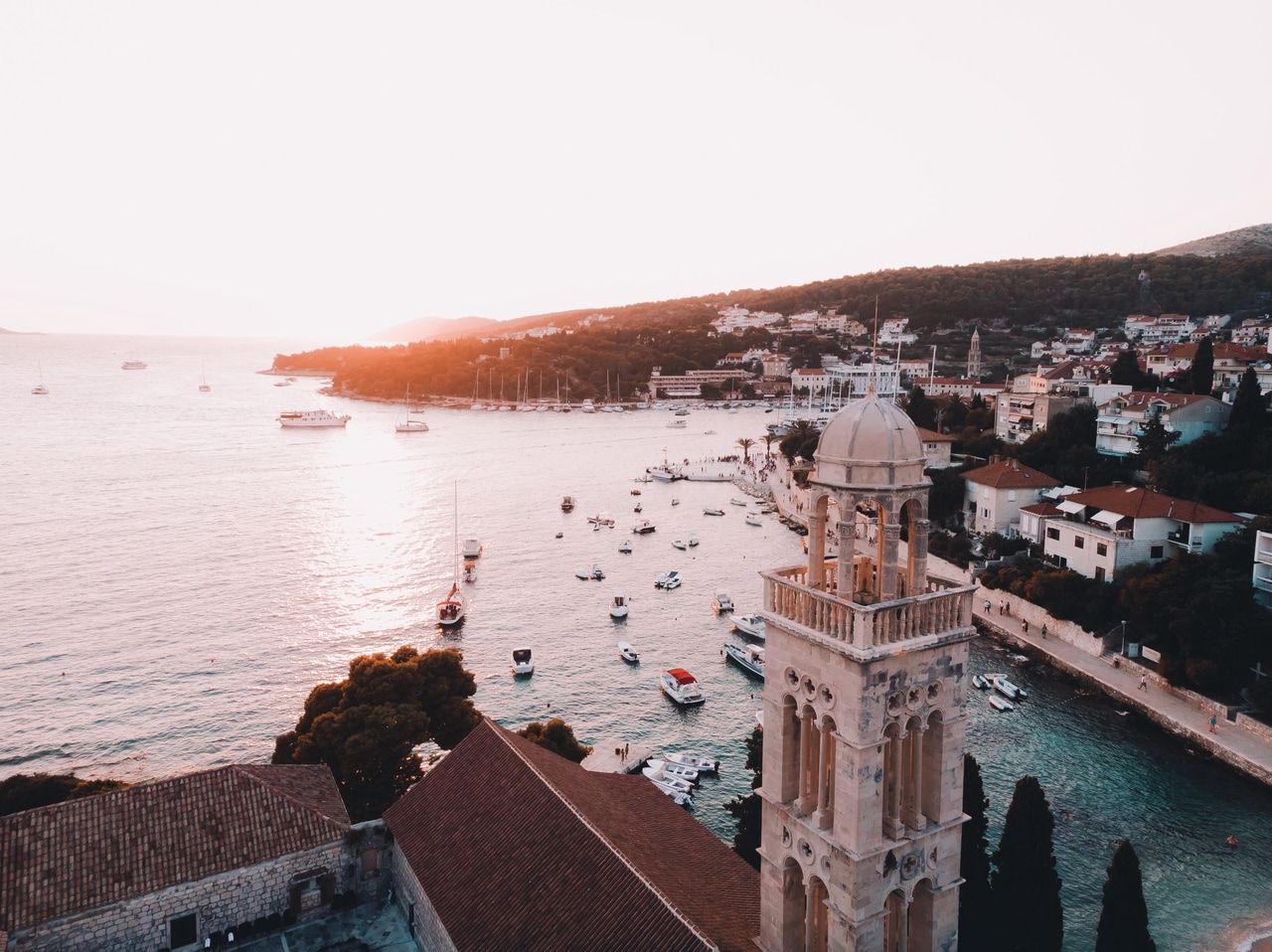
The Weather in Croatia – When Should I Book My Vacation?
September 11, 2019With these tips on the weather in Croatia, we want to make it easier for you to decide which time of year to visit this beautiful country, which part of the country to visit, and which dream villa in Croatia to choose. When choosing the optimal travel time, it is important to consider what exactly you want to do in Croatia. Also, since the different parts of the country are characterized by different climatic conditions, various demands of vacationers can be met. The regions along the coast are clearly the focus of tourist interest. This is where our look at the weather in Croatia begins.
The Top-Class Sun Region on the Adriatic
Vacationers are always thrilled by the fantastic weather on the Croatian Adriatic coast. The regions of Istria, Kvarner Bay, and Dalmatia offer an incredible 200 sunny days per year with a total of 2,600 hours of sunshine. This means that in summer, you are pampered by the sun for 8 – 12 hours per day. The likelihood of precipitation is simultaneously low. The highest daytime temperatures in summer range from 26 – 38 degrees Celsius. The average temperatures during the warm season are between 25 – 30 degrees. The record-breaking long duration of sunshine warms the waters of the Adriatic up to 26 degrees. On average, the coastal waters reach a comfortable 24 degrees. This Mediterranean climate allows for swimming from mid-May to the end of September. Thus, the coast is the ideal place for happiness for water sports enthusiasts and fans of beach vacations by the sea. The beautiful weather is complemented by a magnificent landscape. It is characterized by dreamy bays with clear water, romantic islands, and extensive forest areas.
The Interior with Zagreb
The interior mainly consists of the lowland around the capital city, Zagreb. Long summers like those on the Adriatic coast do not occur here. However, it can get warmer in the summer months than on the Adriatic because there are no cooling winds here. Autumn and spring last almost as long as in Germany. Winter in this region of Croatia is cooler than on the coast. At night, temperatures can drop below freezing. With such cold, snowfall can naturally occur. Accordingly, the Medvednica mountain range on the edge of the plain around Zagreb is one of the most popular ski areas in the country. Just like in other ski vacation countries, the winter sports season runs from December to February.
Central Croatia
Central Croatia generally refers to the area of the Dinaric Mountains (another name: Dinaric Alps). Its central mountain ranges shield the Croatian coast from the cool northern winds known as Bora. This explains the mild climate on the Adriatic. However, in the central Dinaric mountain regions themselves, it only gets moderately warm in the summer. Rarely do temperatures rise above 24 degrees during this season. Those who do not like hot summers will feel comfortable in the mountainous landscape of Central Croatia. The winters there can get frosty at night with temperatures dropping to as low as -3 degrees. Daytime temperatures hardly exceed 5 degrees. Winter sports enthusiasts appreciate the Kopaonik ski resort in the Dinaric Mountains.
Different Vacation Conditions in the Seasons
Holiday homes and other accommodations are also cheaper in Croatia outside the summer season. It should also be noted that the number of tourists in autumn, winter, and spring is significantly lower than in the hot season. In the off-season, there is no crowding of tourists at any attraction. Those who belong to the hardy beachgoers can, of course, swim in the waters of the Adriatic even in the cooler season.
Additional Information: Winds Have a Defining Influence
The weather in Croatia is influenced by three types of winds, which we will briefly mention. The Bora (Croatian: Bura) is a cool and dry wind that prefers to blow in gusts. It comes from a northerly to northeasterly direction. The Bora is predominantly active in the winter months and can last for several days. Occasionally, this type of wind also blows in the summer. The Scirocco (Croatian name: Jugo) is a steady and warm wind from a southerly to southeasterly direction. It also carries moisture and is active in the spring and autumn. In the spring, the Scirocco sometimes spreads its air into early summer. The Mistral (Croatian: Maestral) originates in southeastern France and blows over the Mediterranean to the coast of Croatia. There, the originally strong wind blows only weakly. A characteristic of the Mistral is its steadiness. It blows in the summer and provides a gentle breeze, which not only surfers and sailors look forward to. The Mistral, with its pleasant coolness, alleviates the heat of the warm season.